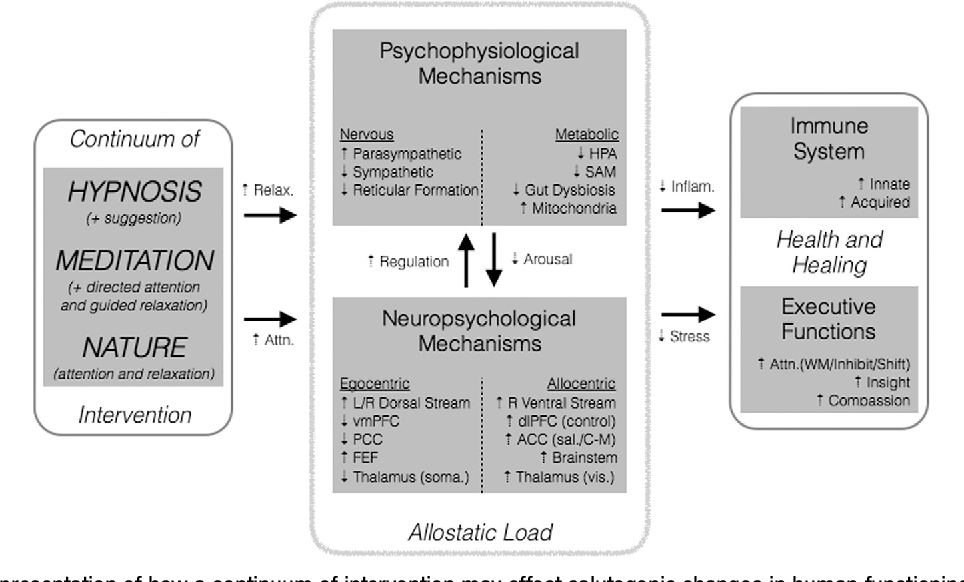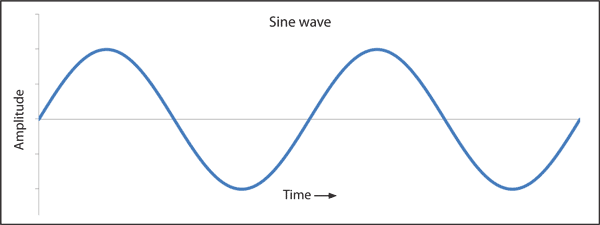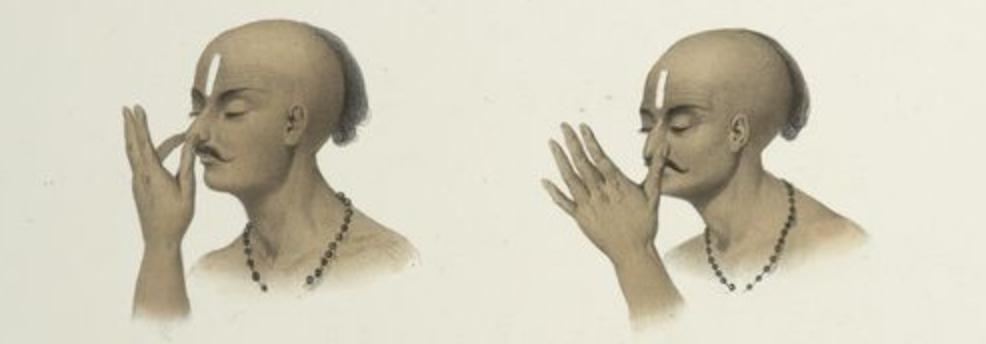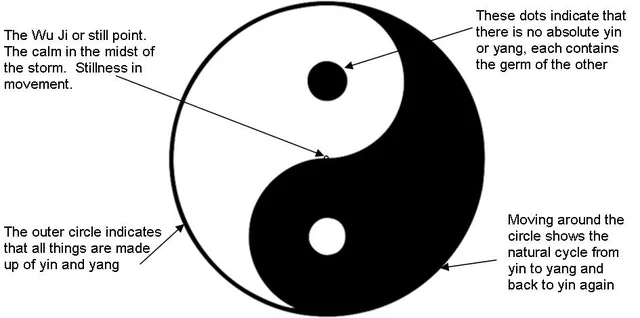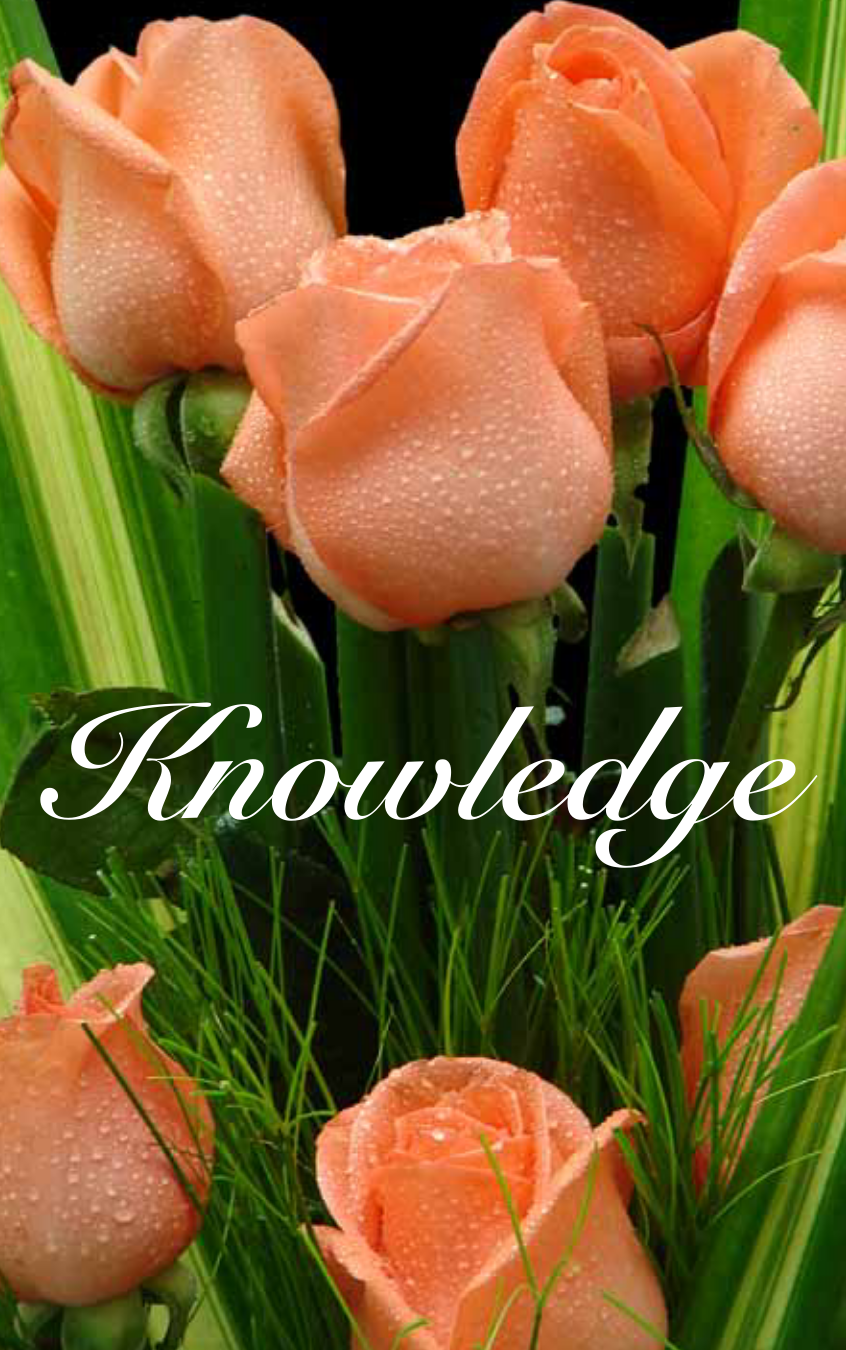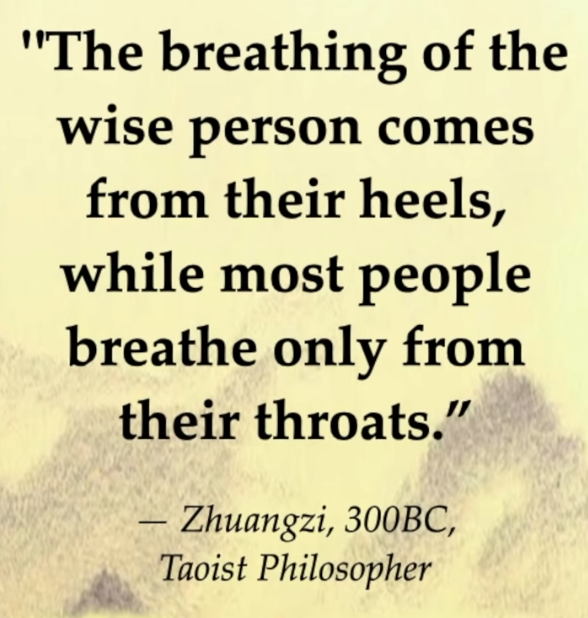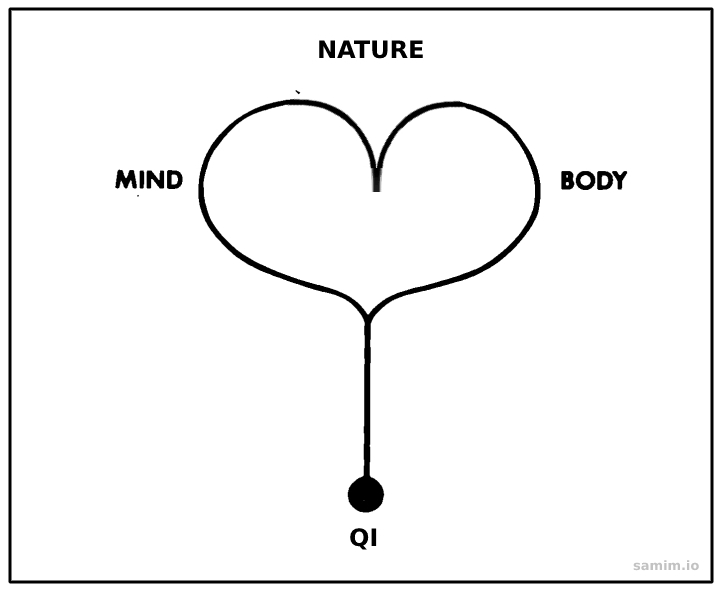
tag > Mindbody
-
Nature's Psyops

Imagine if in the past 2 years the "elites" instead of running a giant pro-fear, pro-control, pro-pharma-mafia psyops, would of put all that time and energy into promoting nature and its many benefits. Imagine a massive global psyops promoting the cultivation of medicinal plants, mushrooms and mind-body-nature practices, such as forrest bathing, qigong and yoga. Goverment mandated ginger booster smoothies, healthy diets and stress reduction programs. What would the outcomes have been for the public's physical and mental health & well-being?
In some sense, Humanity should be thankful for the horrendous Covid psyops, as it has brought an extremely destructive cultural undercurrent to the surface: The wide-spread belief that humans are essentially just complicated machines which can be "fixed" exclusively through "magic" pharmaceutical pills, administered by scientific "experts". This is the single biggest bullshit story and self-perpetuating lie of the past 250 years, which is starting to self-destruct.
#Ideas #Nature #Health #Culture #FFHCI #Mindbody #Cryptocracy #Politics #Economics
-
Nature is the perfect prescription for the mind, body and spirit. More important than ever.

"The future will belong to the nature-smart—those individuals, families, businesses, and political leaders who develop a deeper understanding of the transformative power of the natural world and who balance the virtual with the real. The more high-tech we become, the more nature we need.” —Richard Louv (Author of "The nature principle - Reconnecting with Life in a virtual age" and other books on the topic. Coined the term "Nature Deficit Disorder")

-
Benefits of Forest Bathing (Shinrin-Yoku)

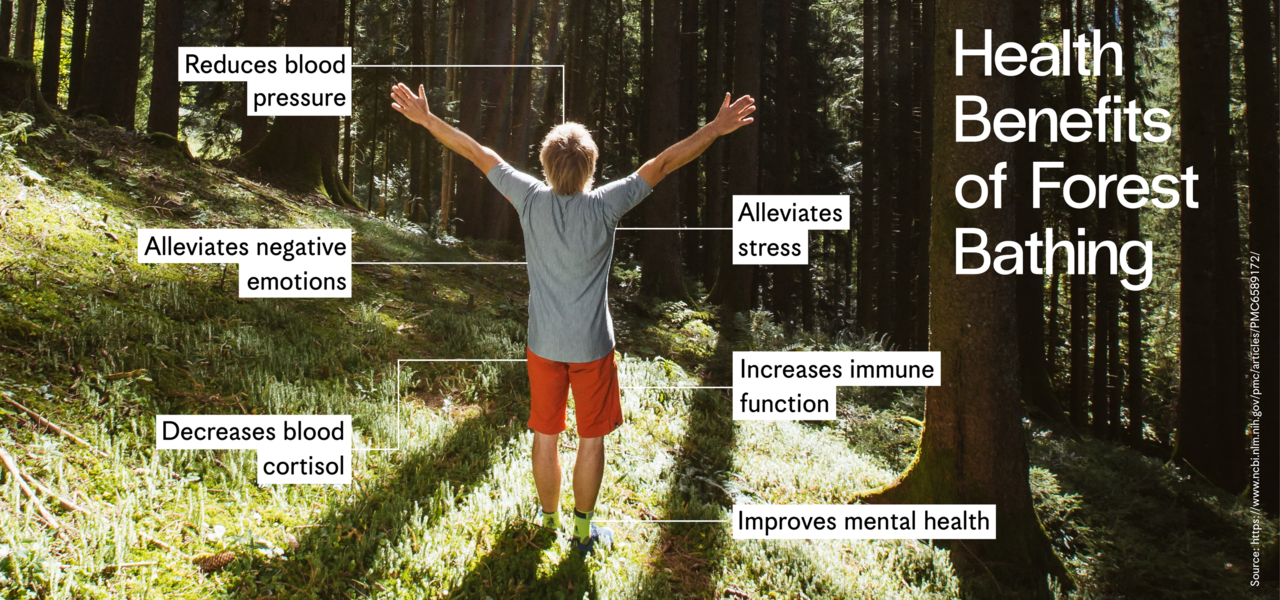
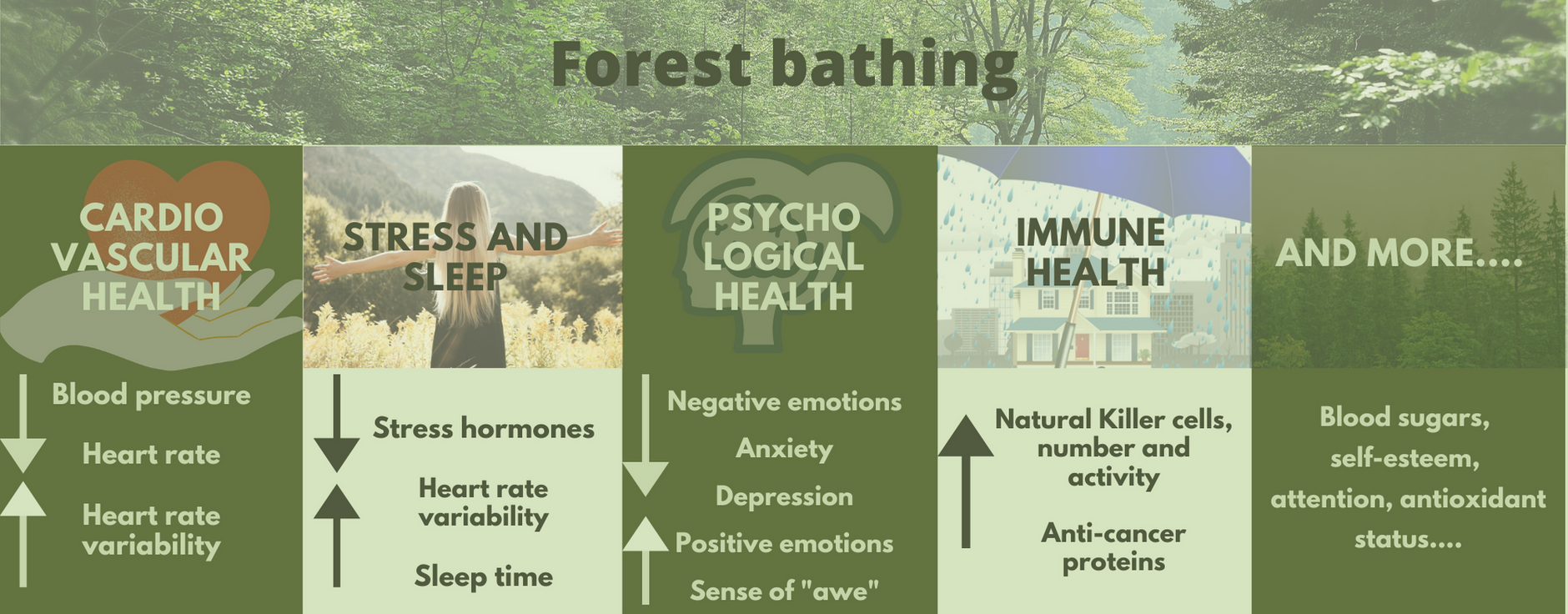
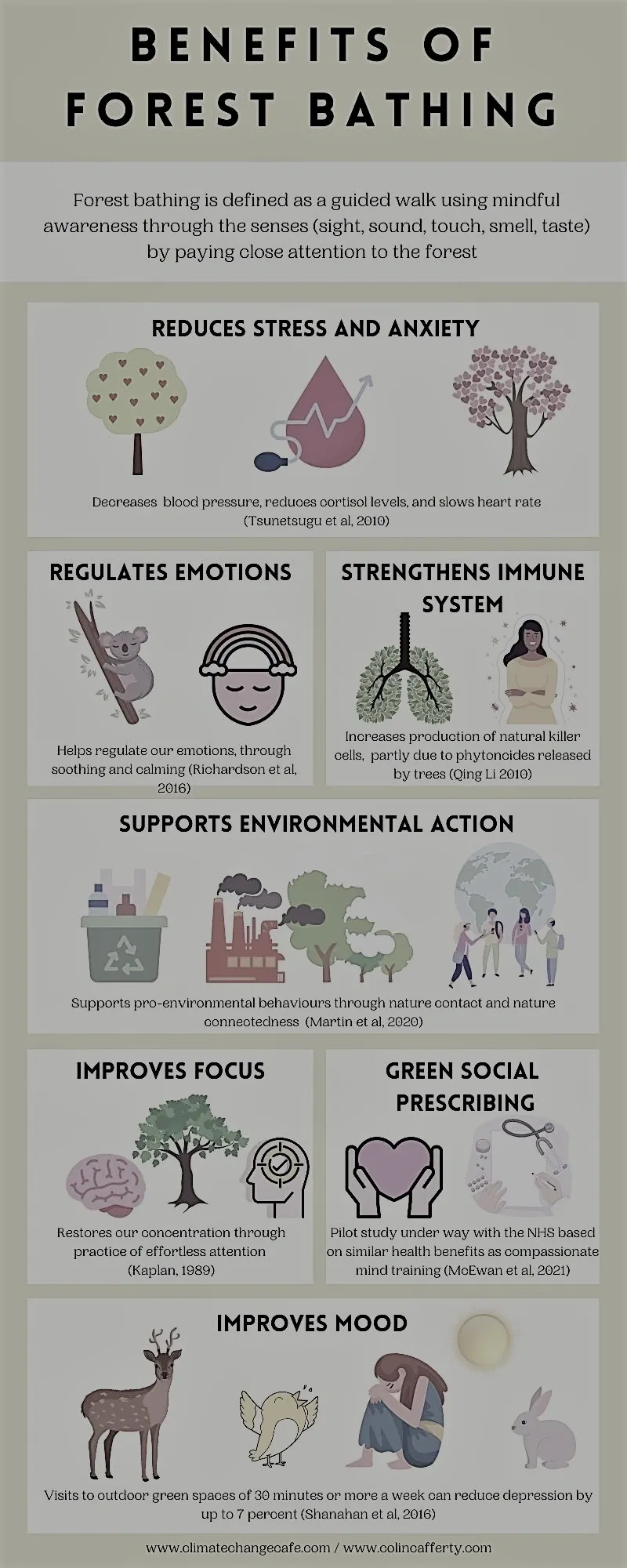


Shinrin-Yoku, translated into English as ‘forest bathing', means taking in the forest atmosphere during a leisurely walk. It is a therapy that was developed in Japan during the 1980s, becoming a cornerstone of preventive health care and healing in Japanese medicine.
Researchers, primarily in Japan and South Korea, have conducted studies on the health benefits of spending time amongst the trees, demonstrating that forest bathing positively creates calming neuro-psychological effects through changes in the nervous system, reducing the stress hormone cortisol and boosting the immune system.
Every study conducted so far has demonstrated reductions in stress, anger, anxiety, depression and sleeplessness amongst the participants. In fact after just 15 minutes of forest bathing blood pressure drops, stress levels are reduced and concentration and mental clarity improve.
There are now 44 accredited Shinrin-Yoku forests in Japan, with the research conducted helping to establish Shinrin-Yoku and forest therapy throughout the world.
-
Nature, Mind & Medicine: A Model for Mind-Body Healing - by Jason Kaufman (unpaywalled)
Objective: The human mind-body possesses a remarkable innate ability to heal. Grounded in the evolutionarily conserved systems of the brain and body, nature appears to function as the fundamental source of wellness along the two vectors of attention and relaxation. Yet, our species is moving away from nature at a time when humanity is just beginning to rediscover its benefits.
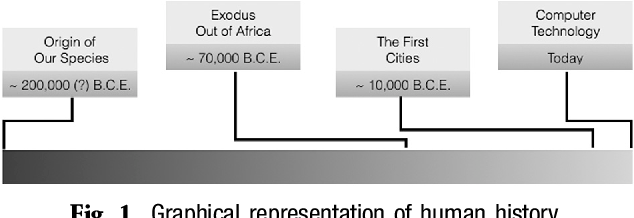
Conclusions: Exposure to natural environments may provide a "window" of healing that can be extended through a continuum of intervention through the use of guided meditation and ultimately hypnotic suggestion. The result may be an improved ability to promote greater executive functioning and more robust immune regulation. The time has come for a more holistic medicine guided by the hand of nature.
-
The brain and its time: intrinsic neural timescales are key for input processing

We process and integrate multiple timescales into one meaningful whole. Recent evidence suggests that the brain displays a complex multiscale temporal organization. Different regions exhibit different timescales as described by the concept of intrinsic neural timescales (INT); however, their function and neural mechanisms remains unclear. We review recent literature on INT and propose that they are key for input processing. Specifically, they are shared across different species, i.e., input sharing. This suggests a role of INT in encoding inputs through matching the inputs’ stochastics with the ongoing temporal statistics of the brain’s neural activity, i.e., input encoding. Following simulation and empirical data, we point out input integration versus segregation and input sampling as key temporal mechanisms of input processing. This deeply grounds the brain within its environmental and evolutionary context. It carries major implications in understanding mental features and psychiatric disorders, as well as going beyond the brain in integrating timescales into artificial intelligence.
-
Language extinction triggers the loss of unique medicinal knowledge
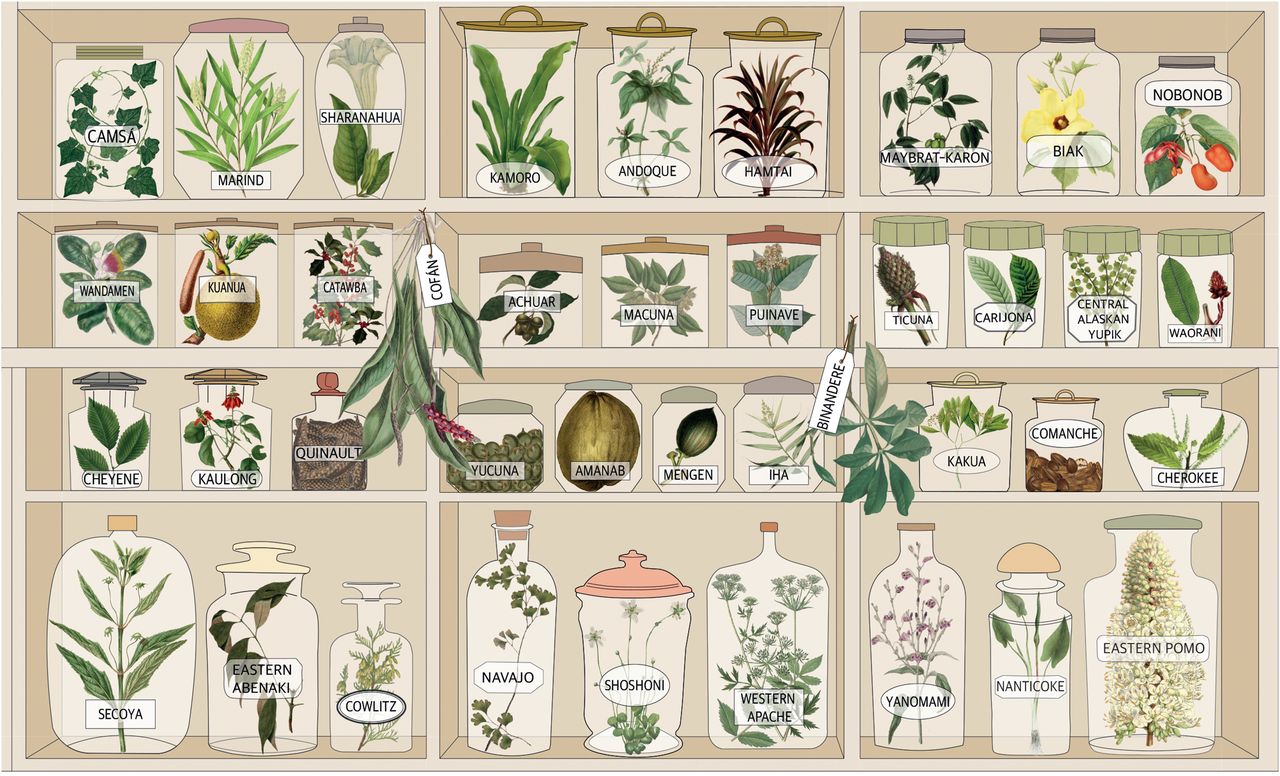
Over 30% of the 7,400 languages in the world will no longer be spoken by the end of the century. So far, however, our understanding of whether language extinction may result in the loss of linguistically unique knowledge remains limited. Here, we ask to what degree indigenous knowledge of medicinal plants is associated with individual languages and quantify how much indigenous knowledge may vanish as languages and plants go extinct. Focusing on three regions that have a high biocultural diversity, we show that over 75% of all 12,495 medicinal plant services are linguistically unique—i.e., only known to one language. Whereas most plant species associated with linguistically unique knowledge are not threatened, most languages that report linguistically unique knowledge are. Our finding of high uniqueness in indigenous knowledge and strong coupling with threatened languages suggests that language loss will be even more critical to the extinction of medicinal knowledge than biodiversity loss.
-
San Jiao Challenge - by Michael Goddard
-
Nature-based precision mindbody medicine will largely replace the pharmaceutical industry
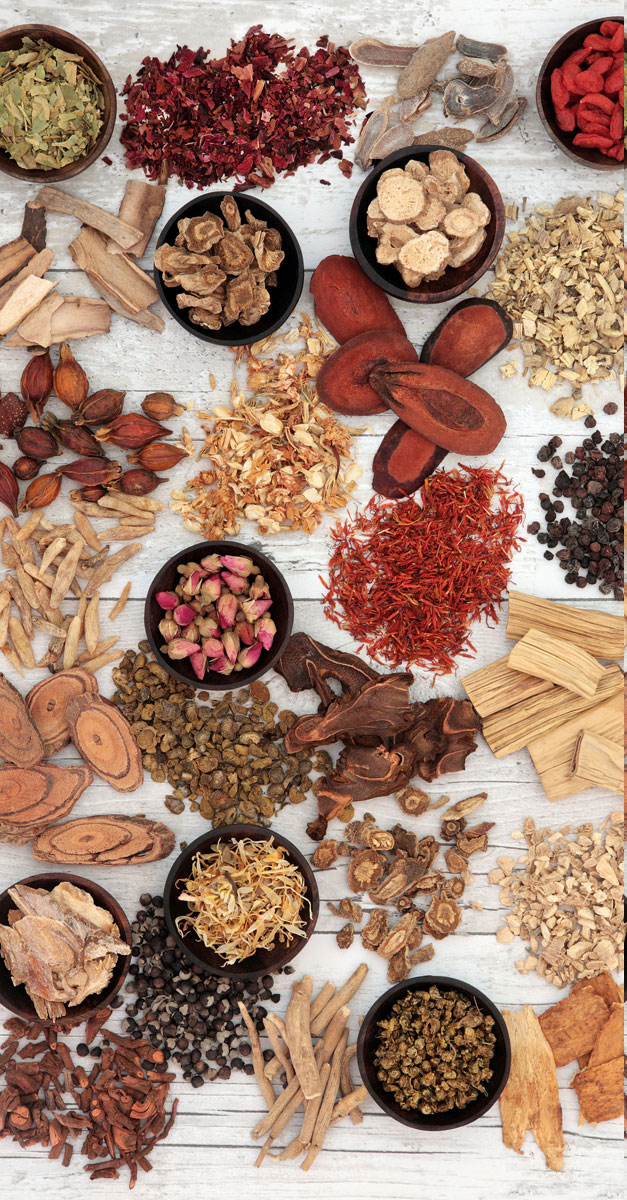
During the past 200 years, countless ancient nature-based precision medicine knowledge traditions were "lost" (suppressed by the western pharmaceutical mafia and forgotten due to "modernization"). The Chinese probably did the best job at preserving their tradition (TCM), but many others got essentially wiped out (amazonian tribes etc.). There is a huge need & opportunity right now, to pull all these pieces back together and make it actionable for our generation. Just in time, as the pharmaceutical mafia is once again trying to murder and control all life on earth.
Related: Up until 100y ago, a primary component of animal feed was Cannabis. Cows, Pigs, etc. would eat hemp (fast growing & cheap), and humans would eat the animals - hence closing a loop that was highly beneficial for the animal/human microbiome and ecosystems. This cycle got disrupted in the 20st century by industrial agriculture, coinciding with the emergence of many new diseases.
#Health #Mindbody #Regenerative #History #Nature #KM #Culture #Business
-
Ashtanga Yoga Drishti 101

Drishti (dṛṣṭi) means focused gaze and is a means for developing concentrated intention. Developing drishti as a part of your yoga practice will aid in the concentration of your mind for deeper meditative states. Drishti might be a physical focal point, a mantra, breath, or a part of the body such as the navel or tip of the tongue. Drishti can be both an external object of focus or an internal concentration of attention.
"Dṛṣṭi means gazing point. There are nine dṛṣṭis in the āsana practice. If the dṛṣṭi indicated for the āsana is too difficult, one may always revert to nāsāgra dṛṣṭi. With time and practice, the proper dṛṣṭi for each posture will be possible. Dṛṣṭi improves concentration and brings about a realization of oneness during the practice. With the gaze focused in one place during our practice, we can be more present in the postures. This focus and awareness can carry over into our daily life." ~ Sharath Jois
"By practicing these drishti (dṛṣṭi) points the mind no longer looks around, observing or judging, but instead becomes focused and soft. In the vinyasa system, drishti is one of the vital components to draw prana inwards. Prana follows awareness. If our awareness is scattered then our prana will mirror those same qualities and it will be evident in our behavior and life choices on and off the mat." ~ Magnolia Zuniga
The 9 Drishtis
- Tip of the nose - Nasagra Drishti
- Up to space - Urdva Drishti
- Third Eye - Brumadya Drishti
- Tip of the middle finger - Hastagra Drishti
- Tip of the thumb - Angushta Drishti
- Right Side - Parshva Drishti
- Left Side - Parshva Drishti
- Navel - Nabi Drishti
- Tip of the big toe - Padagra Drishti
Guruji: "Yoga is an internal practice, the rest is just a circus".
-
Online group mindfulness practice
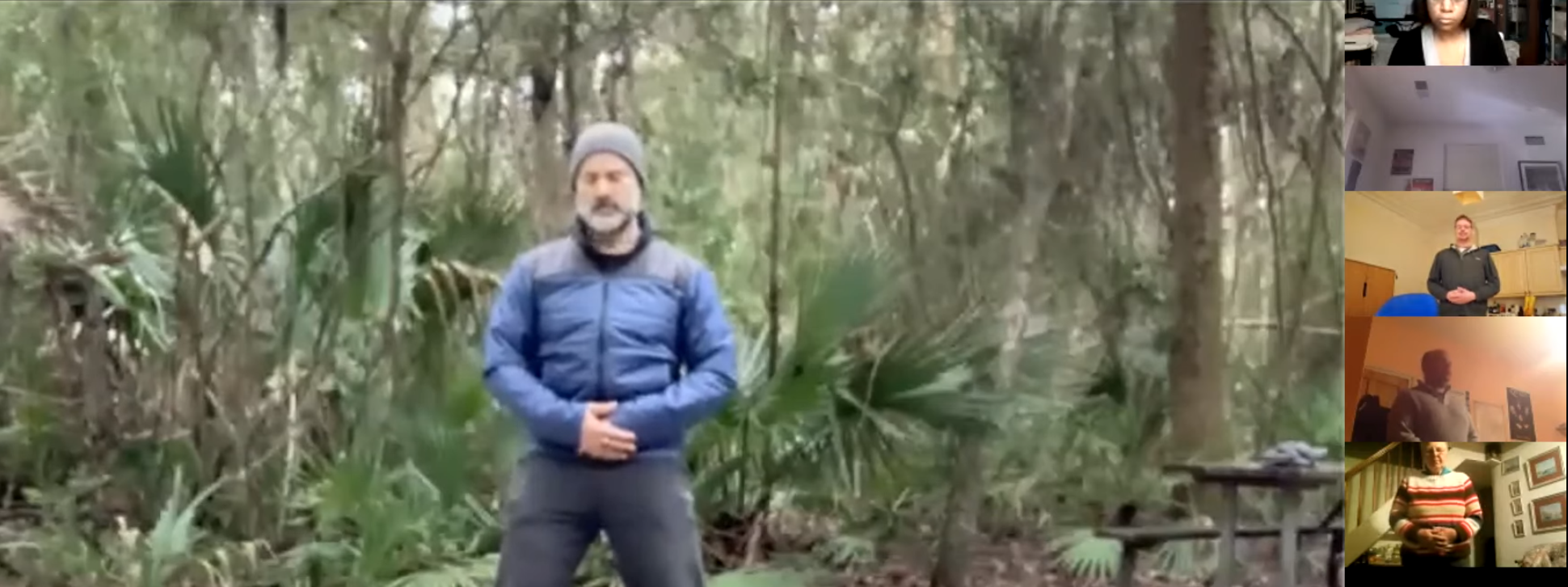
There is something very powerful about the emerging trend of remote group mindfulness practices, facilitated over live web-video. I've seen countless times now, how a group of 10-20 people (mixed: from very old to very young - from all over the world - with varied backgrounds) get together online on a regular basis, to do Qigong/Taichi/Yoga/Meditation/etc. together. There is a fascinating element of self-organization to generate "calmness over distance" at play here, which yield positive outcomes and fosters community.
-
Neural hydroponics as qualia engineering

- Thinking about our peripheral nervous system as a root system. our sensory experience as the nutrients.
- With hydroponics, we can fine tune the nutrient mix to grow better plants. need the equivalent for our sensory system and the mind.
- "Qualia is all that you perceive, engineering is how to transform that space". neural hydroponics as qualia engineering.
- "Are psychedelics the short-term neural hydroponics?" They’re one of them also, the media you consume, people you spend time with, places you frequent longer-term: meditation, environment, values, beliefs
- I like the idea of being intentional about the sensory experiences (qualia) that help you grow
also what frameworks and technologies could assist with this.

